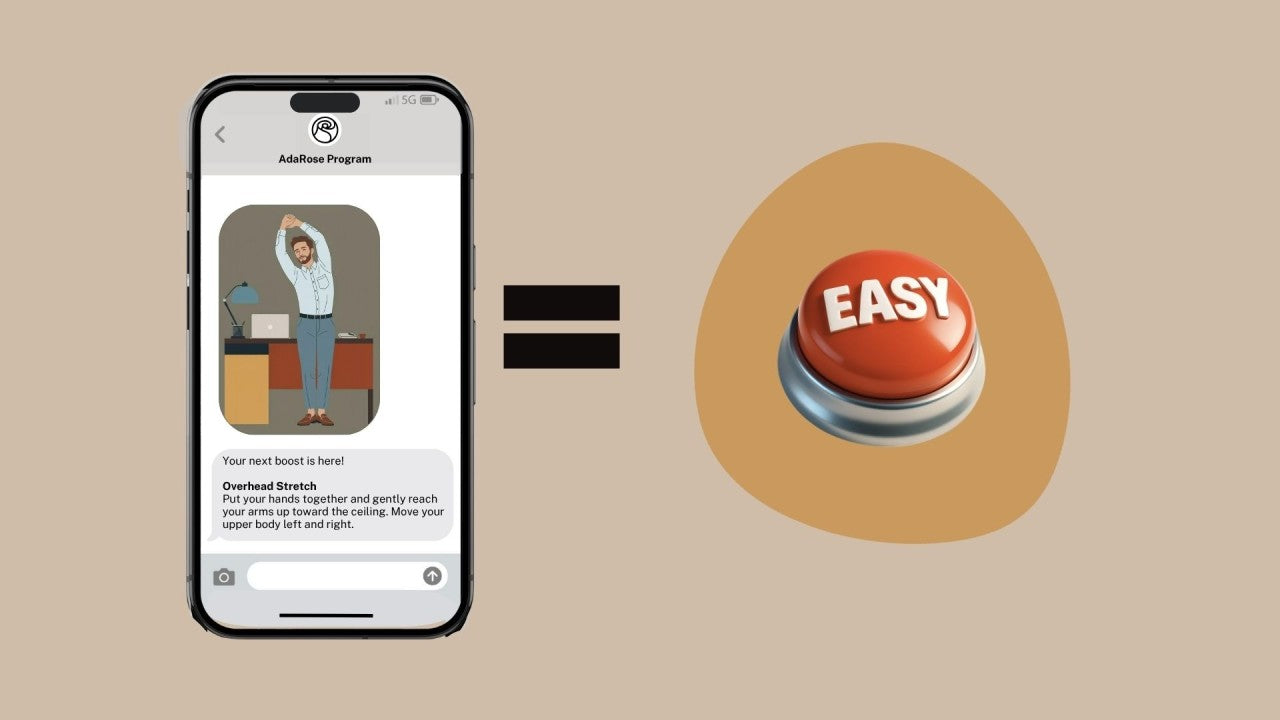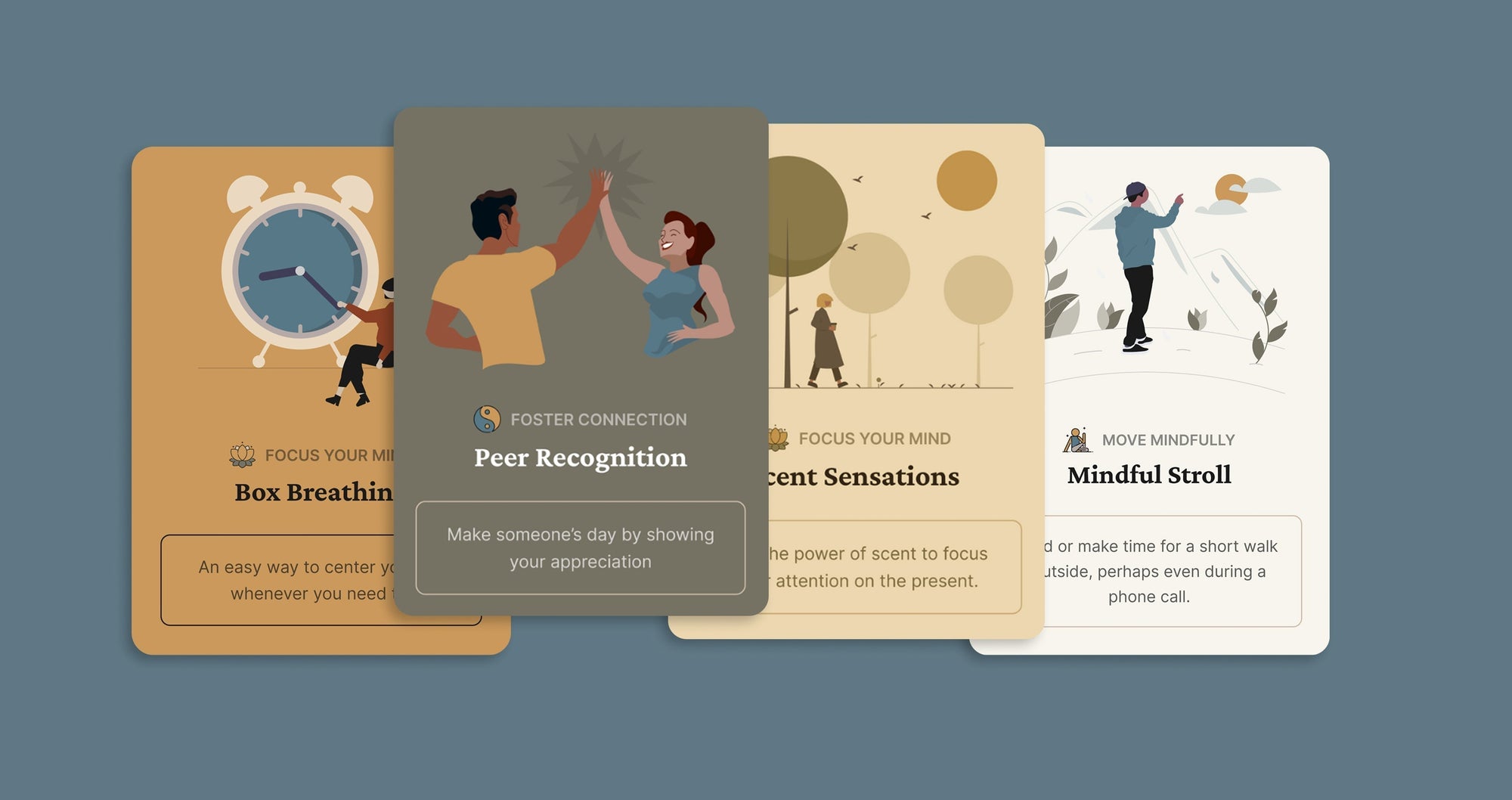Managing your health and healthcare can be hard. Who doesn’t want to minimize the hassle? The good news is, technology can help.
Today 93% of Americans use the Internet—a proportion that’s been growing steadily for the last 20 years. Most people own smartphones, and have broadband service at home. While we need to keep expanding access to those that don’t have it, the growth in tech adoption means there are many ways we can improve our health and healthcare right now.
During the COVID pandemic, use of virtual healthcare services tripled. Before it started, just 10% of the population had used telehealth services, now more than 30% have. Are you among them?
Many people think of “virtual healthcare” or “telehealth” as a video visit with a doctor or nurse. That’s part of it, but there’s more—read on for additional options, or, for an easy video intro to this topic, check out this interview I did with national expert Dr. Geeta Nayyar on Digital Healthcare Trends 2021 | Take Control of Your Health.
What is Virtual Healthcare?
My simple definition of “virtual healthcare” is healthcare services delivered at a physical distance. It includes live video calls (like a Zoom meeting), asynchronous exchange of health information (for example emailing a lab report), remote patient monitoring (using digital health and medical devices to track and share health data with a clinician), and the old-school basics, like just texting or speaking on the phone with your doctor.
Virtual Healthcare is a Part of Digital Health
I define virtual healthcare as a subset of digital health. In addition to virtual healthcare, digital health also includes ways in which the health system is using technology to improve the quality and delivery of healthcare services behind the scenes, as well as health activities consumers, patients, and family caregivers can do on their own. Terms like “virtual healthcare” and “digital health” are used in slightly different ways, even by members of the healthcare industry.
Check out this guide we made to help people understand what digital health is and how to use it to improve your own health and healthcare.
Make the Most of Live Video Visits (AKA Telemedicine)
Live video visits with a healthcare provider can make your life easier. “Telemedicine” is yet another term sometimes used interchangeably with virtual healthcare. Both generally include live video visits.
During the pandemic it’s been ideal for many people to stay home to receive healthcare services rather than expose themselves to infection in a busy setting like a clinic or hospital. But staying safe at home can make sense even without a pandemic, particularly for those who are very frail or have a disability or injury that makes it hard to travel.
As a parent, I use video visits for myself and my two kids. It’s a lifesaver when I don’t have to take time off of work or pull them out of school for half a day or more to get to the doctor.
Video visits have also helped me find peace of mind for myself, like the time I was worried about my suddenly swollen ankles. Swollen ankles can be a sign of heart failure, but were in my case caused by a particularly high office chair I had been sitting on, which interfered with my circulation.
Want to use telemedicine at your next clinical visit? Ask your doctor or health plan which services they provide and or pay for.
Make the Most of Remote Patient Monitoring and Wearables
Remote patient monitoring (RPM) refers to the use of connected devices such as digital blood pressure cuffs and wearable step trackers (think Fitbit or Apple watch) that can be used to monitor your health outside of a clinical setting.
Often, patients can use devices in their own homes to track their health and wirelessly communicate how they are doing to their healthcare teams in real time. Step on a wireless scale and voila—your weight is not only recorded, but shared with your nurse, who can track your progress, give you a sense of accountability, and reach out to you if there are any concerns.
Remote monitoring has been growing in popularity in part because of new policies from the federal government that reimburse healthcare providers for using it to monitor chronic conditions. In the past, most healthcare providers were paid only for in-office visits.
For me, live biofeedback is a lot more motivating than a generic sense that exercise and eating well are good for my health. Remote patient monitoring can help people understand in concrete terms how, for example, going for a walk after dinner can immediately help lower their blood sugar levels.
I did an interview on this model of virtual healthcare with two experts—one of whom is a patient named Glenn de Julio—to help people understand how it works and some of the concrete benefits. (Glenn is awesome, just sayin'—and so is his nurse, Angie Stevens!)
If you have a chronic condition such as high blood pressure or diabetes and would like to try remote patient monitoring, go ahead and ask your doctor if he or she offers it—or search for a doctor who does.
Don’t Forget The Basics: Calling or Texting Your Doctor
Sometimes we get so caught up in sophisticated technology that we forget the basics. I have an old school dentist who picks up the phone to make sure I’m OK after a major procedure, such as a root canal. That makes me feel personally cared for, and less worried that I’ll miss an important symptom.
Because of privacy concerns, many health care organizations (not just doctors, but also pharmacies and health plans) use their own secure app or portal to communicate with patients, or they (appropriately) ask explicit permission to send even basic appointment requests, reminders or prescription refill details by text.
Personally, I appreciate having at least prompts to pick up messages folded into some of the same channels I use to manage other parts of my life, such as text, phone, and email.
You can check with your care team to see how open they are to using text—or the phone—to reach you if that’s what’s most convenient for you.
Virtual Healthcare Moving Forward
Some types of healthcare services lend themselves more easily to virtual care than others. Dermatology and mental health services can work especially well for many people at a distance, while It’s hard (but not impossible) to do surgery remotely, or to help deliver a baby via Zoom. I’ve been to the digital health innovation center at the Department of Defense, and they are doing some pretty amazing things—like remote robotic surgery on the battlefield, which most of us will never need!
Many healthcare consumers like me and healthcare professionals plan to use virtual health more in the future. I'm already taking advantage of many of the new ways technology makes it easier to access care and manage health virtually. Much more important than which tool or service you may use is that technology can solve real life problems to help make your life easier.





